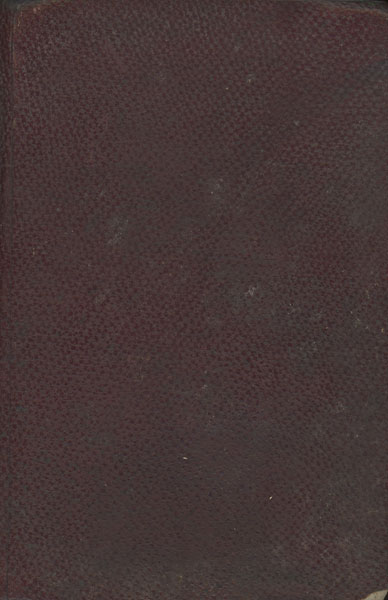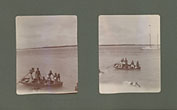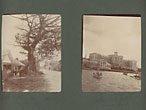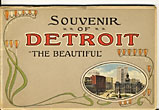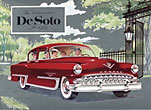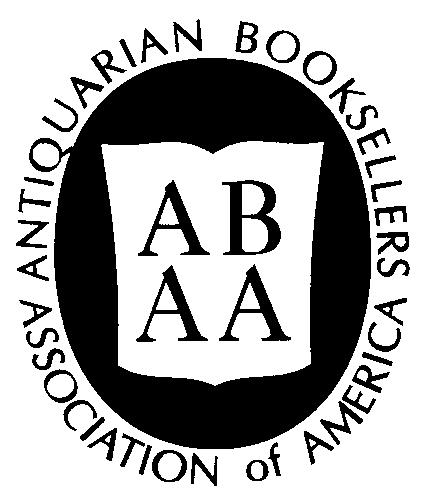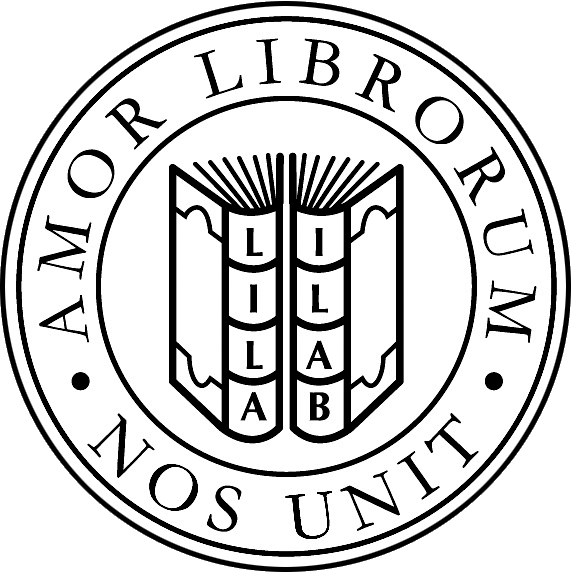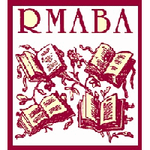Dealer in Rare and First-Edition Books: Western Americana; Mystery, Detective, and Espionage Fiction
An American Tourist's Photograph Album Of The Bahamas
ANONYMOUS
Other works by ANONYMOUSPublication: Unknown Compiler, 1901-1902, Nassau, Bahamas
Nassau, Bahamas, 1901–1902. 4to, (11" x 7.5"), pebbled burgundy leather. 84 bromide print photographs (4" x 5") mounted in 21 leaves with pre-cut windows, 42 with manuscript captions in ink, 2 photographs per page, 3 unused leaves. An appealing album of the Bahamas and its native inhabitants and local industries, compiled by an American tourist during a 1901–02 visit, soon after the opening of the Colonial Hotel in downtown Nassau, built by industrialist Henry M. Flagler. The compiler of this album stayed at the Colonial, located on the water in downtown Nassau, which is pictured in several shots. This album captures scenes in Grant’s Town, Nassau, and Adelaide. Many native Bahamians are pictured, including four black children (captioned "descendants of Congo Town, descendants of African slaves"); an Afro-Bahamian servant identified as "Wilhelm," who in one image is shown playing guitar on the beach; a group of nine boys rowing a boat; well-dressed, upper-class Afro-Bahamians; "two inhabitants of Congo Town," one a woman smiling with a pipe in her mouth; a "lettuce lady" carrying a massive bundle of lettuce on her head; farm-workers carrying large bundles of wood; local children, etc. Some of the images document day-trips these tourists took around the island via horse-drawn carriage to pineapple farms and fields, beaches, forts, etc. In one image, captioned "Picnic 1902," a tourist woman and a black servant hold pineapples, while another white woman holds a bottle of alcohol and a glass. Another image shows individuals "being refreshed," i.e., consuming pineapple. Also pictured are various water and harbor scenes; native homes, ovens, and fireplaces; old ruined forts on the island; labor scenes (working in the fields and hauling wood and hay); a silk cotton tree; scenes on Bay Street; sponge and sisal works; market scenes; street scenes in downtown Nassau where a grocery store is located, and so forth. As these images convey, affluent white tourists to the Bahamas were waited on by (presumably) wage-earning Afro-Bahamians. An engaging album of the Bahamian scene as perceived by an American tourist. Varied tonal quality with some fading and blurring, others with strong tonality and clarity. Overall a good copy.
Inventory Number: 47706Sold -- Contact us

